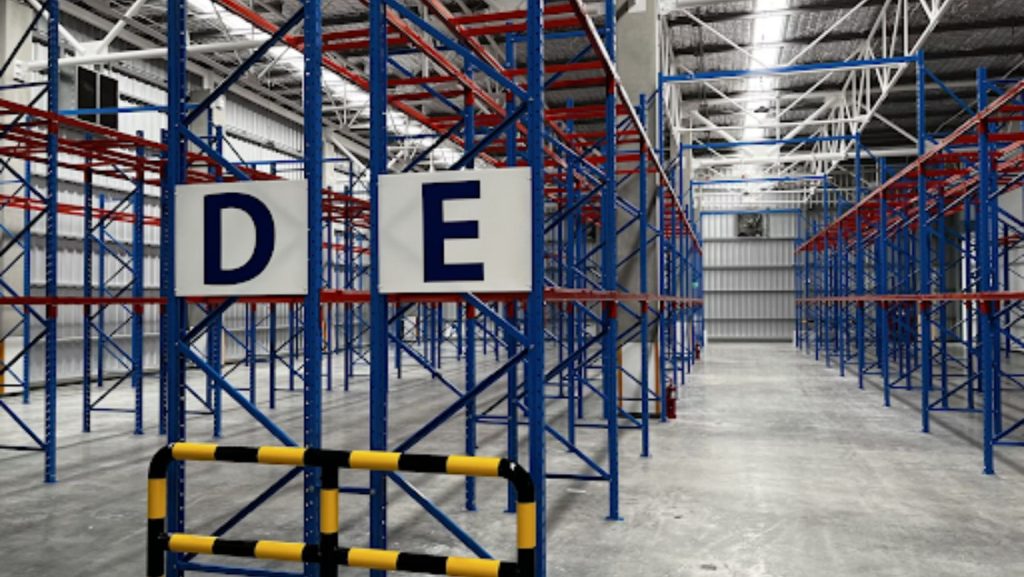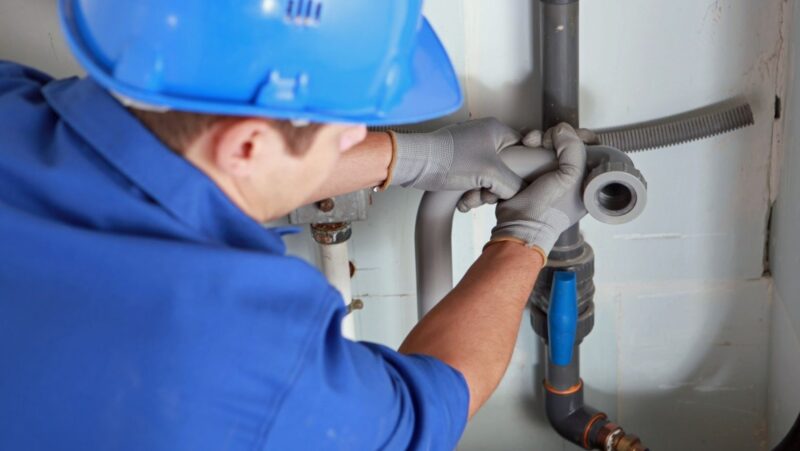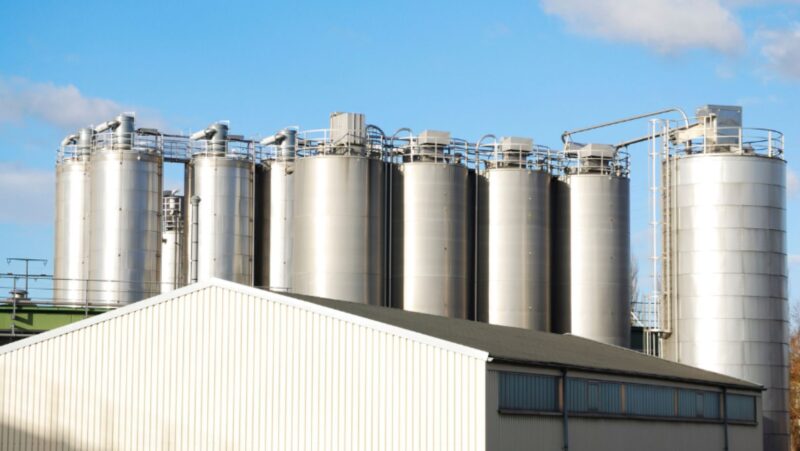
Warehouses are crucial for businesses, allowing them to store goods efficiently before distribution. However, these large spaces are responsible for ensuring everything is safely and properly stored. One major aspect is pallet racking, which is the metal structures that stack huge numbers off the ground. Subject to constant movement as products are retrieved and replaced, pallet racks can develop weaknesses if not properly maintained. A damaged or otherwise unstable rack poses serious risks to both product and personnel. This is why regular inspections are so vital for warehouse managers to conduct. This brief guide will explore best practices for inspecting pallet racks to catch any issues before they cause an incident and keep operations running smoothly.
Importance Of Regular Pallet Racking Inspections
Proper racking allows warehouses to maximize their storage capacity fully by effectively using all X, Y, and Z dimensions. However, the very nature of this vertical storage means that any weaknesses in the metal frames have the potential for severe consequences. Over time and with constant stresses, cracks or beds may develop where loads are supported. A comprehensive Pallet Racking Safety inspection program catches these issues before a rack or beam gives way under the weight of the items placed upon them. Moreover, because collapsing racks have the potential to cause a domino effect throughout an entire section of the warehouse, the risk of costly product damage or even injury compounds. Even when racks appear stable, consistent inspections are vital to assess wear and tear. Identifying problems early allows for repairs when risk is low, avoiding disruptive incidents down the road.
Understanding Load Capacity And Safety Factors
When pallets are stacked higher and higher, the weight can quickly rise. Furthermore, because it can be difficult to assess the weight of a specific rack fully, mishaps become more likely. Exceeding a rack’s maximum load capacity will ultimately lead to disaster if not remedied quickly. However, manufacturers also design racks with a built-in safety factor above the rated capacity. Regular inspections should check if loads are within the capacity plus the safety factor buffer. Distributing weight evenly is also key since overloading one beam risks buckling while leaving others underutilized. Understanding these load specifications prevents mishaps before they happen.
Identifying Potential Hazards And Risks
Any inspection should examine the racks intensely for any damage that has the potential to deteriorate further. Inspectors need to consider all ways that racks may be accessed during the storage and retrieval process. Items like loose bolts, broken braces, makeshift platforms, or ladders (which should never be the case anyway) are all red flags. Particular attention should be paid to the highest racks that require powered lifts or ladders. Safety rails and fall protection become crucial when higher-up work is done. Inspectors also look out for blocked aisles or improper pallet stacking that could endanger forklift operators.

As with health and safety, catching hazards early allows management to swiftly remedy the risks before they mutate into something far worse.
Proper Documentation And Record-Keeping
While inspections can identify current conditions, proper documentation demonstrates a history of due diligence. Detailed reports pinpoint any areas needing repair, track work done, and prove inspections are conducted regularly. Moreover, most countries’ health and safety departments often require documentation to keep up to code and remain operating as a business. Records show management is addressing structural weaknesses before serious incidents occur. They can defend against liability claims down the road. When done correctly, documentation spots patterns like repeated damage to a certain beam, pointing to underlying causes requiring some fix.
Implementing A Regular Inspection Schedule
Maintaining pallet racks is an ongoing process rather than a one-time check. Establishing a set inspection schedule ensures proper due diligence over the long haul. Regular intervals, perhaps quarterly or biannually, allow potential issues to be caught before severe deterioration occurs. A fixed routine prevents inspections from falling by the wayside due to busy periods or management turnover. Consistency demonstrates a proactive safety culture rather than a reactive one. Identifying cracks early in a scheduled audit is much better than during an investigation after an incident.

Regular schedules paired with thorough documentation provide a strong defense if needed. Proper planning is also more efficient – inspections can be coordinated alongside other maintenance for optimal resource allocation. Warehouses keep operations smoothly running with a disciplined approach. Commonly used racks receive appropriate extra attention. With predictable inspection routines, risks stay managed rather than overlooked until too late.
Since its inception, pallet racking has proven its value to the world and the ever-mysterious supply chain. However, ensuring it is utilized safely and effectively requires understanding how to conduct proper audits and what to look for.












